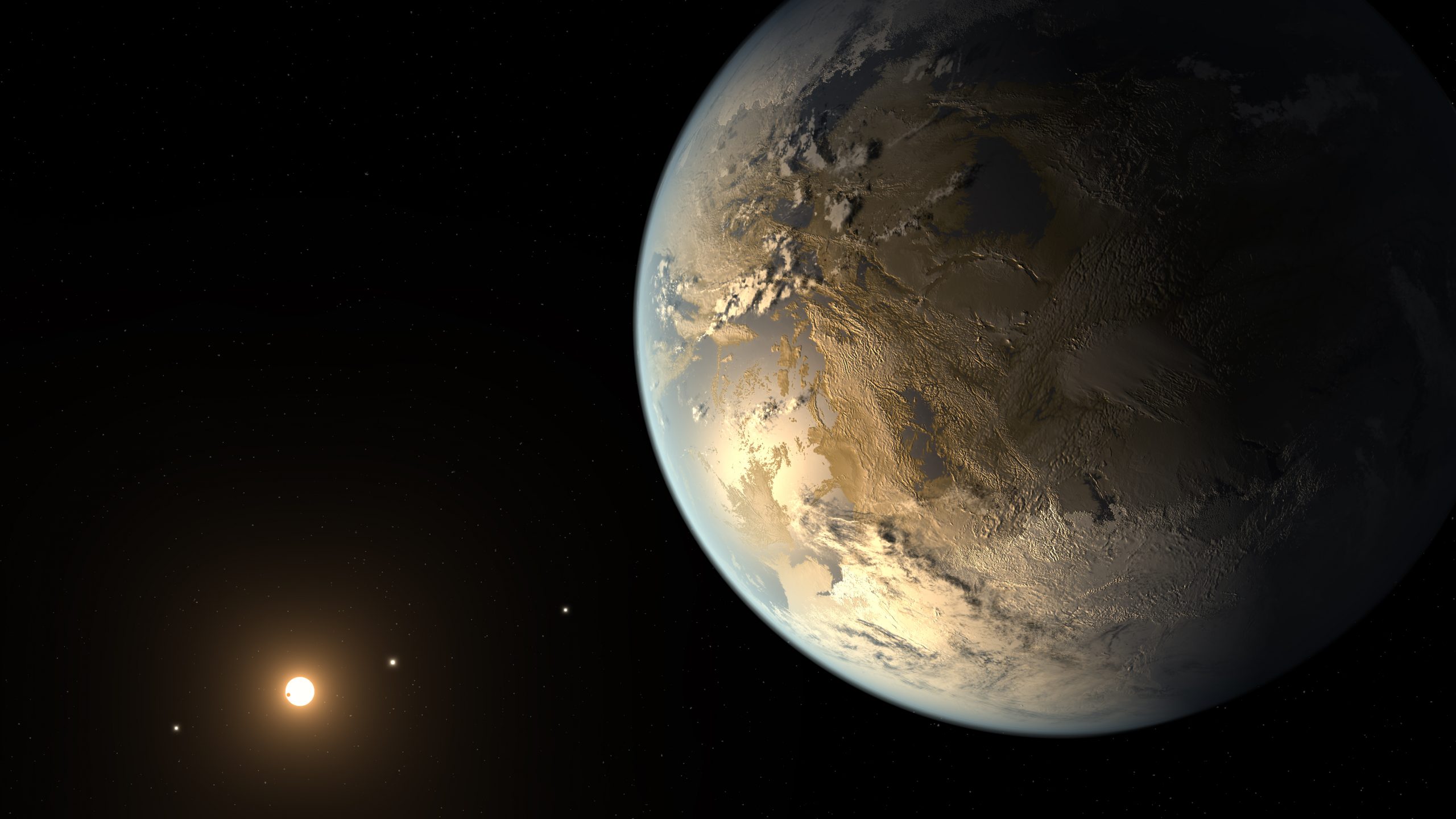
Advancing Astrobiology: The Search for Signs of Life Elsewhere in the Universe
Summary
NASA should invest in a comprehensive program to answer one of humanity’s biggest questions: “Are we alone?”
The United States has the scientific and technological prowess to find possible evidence of past or present life in our solar system. Over the last decade, the space science community has discovered Earth-like planets around other stars. The United States has launched Mars 2020—its first astrobiology mission to Mars. The Perseverance Rover will seek signs of ancient life and is part of the initial Mars Sample Return campaign. And, in the coming decade, we are poised for exponential growth in the technology, planetary science, and astrophysics components of the search for life.
Establishing a formal Astrobiology Program Office at NASA would better elevate, coordinate, and guide what could be the agency’s most important mission. Notably, there are currently no NASA programs on astrobiology that integrate across the Astrophysics and Planetary Science divisions in NASA’s Science Mission Directorate along with the technology investments of NASA’s Space Technology Mission Directorate. NASA has no astrobiology czar.
Astrobiology is a relatively modern scientific field of study that has been enabled by a suite of robotic space missions and next-generation telescopes. We now have the potential to reveal new insights into the fundamental nature of life across the universe and our own planet.
The FY2026 National Defense Authorization Act (NDAA) paints a picture of a Congress that is working to both protect and accelerate nuclear modernization programs while simultaneously lacking trust in the Pentagon and the Department of Energy to execute them.
While advanced Chinese language proficiency and cultural familiarity remain irreplaceable skills, they are neither necessary nor sufficient for successful open-source analysis on China’s nuclear forces.
Satellite imagery has long served as a tool for observing on-the-ground activity worldwide, and offers especially valuable insights into the operation, development, and physical features related to nuclear technology.
This report outlines a framework relying on “Cooperative Technical Means” for effective arms control verification based on remote sensing, avoiding on-site inspections but maintaining a level of transparency that allows for immediate detection of changes in nuclear posture or a significant build-up above agreed limits.